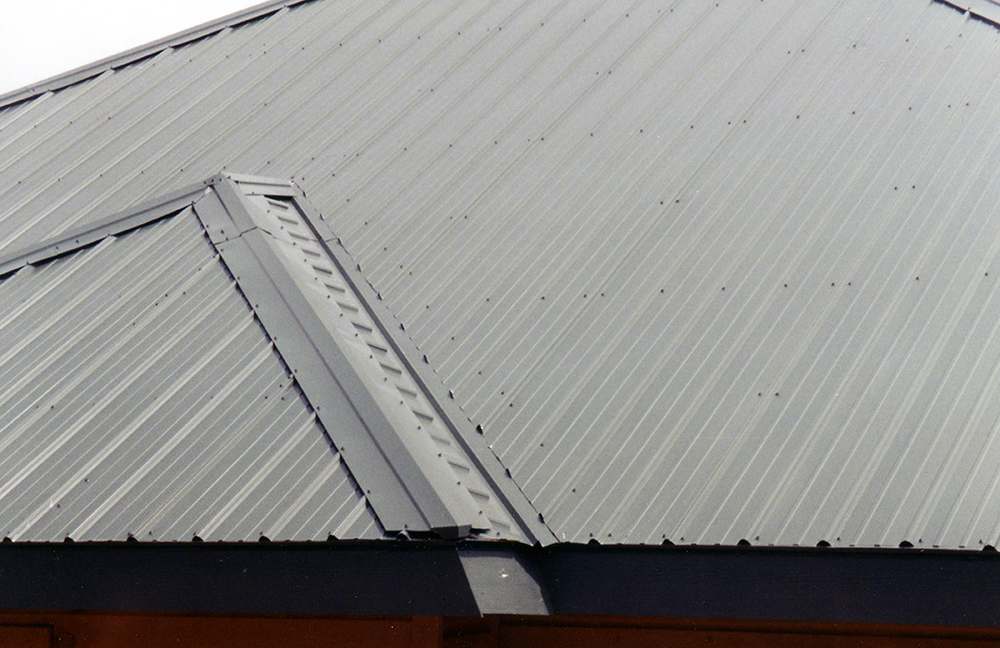A properly-installed metal roof is expected to last 60 years or longer. However, incorrectly-installed roofing accessories can cause serious damage and decrease the life of your metal roof. The key to a long-lasting metal roof is correctly selecting and installing metal roofing accessories.
Considerations
When selecting and installing metal roofing accessories, it’s important to consider several factors.
Type of Construction– Consider the roofing substrate when selecting accessories. The fasteners used for installation will vary depending on the material that the panels and trim are attached to, such as framing or plywood sheeting.
Geometry of the Roof– When examining the geometry of the roof, look for symmetry and protrusions. If the roof has a chimney, skylight or other feature, flashing will be necessary to prevent leaks.
Roof Pitch & Slope– Since each panel profile channels water differently, it’s important to consider the slope and pitch of your roof when selecting metal roof panels. The recommended trim and accessories will depend on the panel profile selection.
Next, you can consider the aesthetic appeal of the available panel profiles and accessories for your building project.
Selecting Metal Roofing Accessories
Once you’ve examined your roof and selected the appropriate panel profile, you can choose metal roofing accessories to go with it. Each panel series has specific installation resources with a product checklist that outlines the standard accessories that should be used.
Installing Metal Roofing Accessories
When installing metal roofing accessories, it’s important to use caution when penetrating the roofing panels and select compatible materials. In most cases, the roofing contractor will be responsible for proper installation. All penetrations should be added to the project specifications and approved ahead of time by the roofing contractor.
Our manuals recommend detailed accessory installation instructions for each of the roof conditions mentioned above down to the trim, sealant and fasteners. For the longevity of your metal roof, it’s crucial to follow the standard details for your roofing conditions. Make sure to use the equipment offered by your manufacturer to preserve the weathertightness warranty.
Here are some things to avoid when installing metal roofing accessories:
- Using dissimilar materials – Accessories made of dissimilar materials such as lead, copper and graphite can cause damaging reactions and corrosion.
- Penetrating the roof before coordinating with the roofing contractor – To maintain the weathertightness warranty, all pipe penetrations should be coordinated with the roofing contractor.
- Choosing the wrong clip for your insulation thickness – There are several different clip systems available that vary depending on the roof substrate.
- Using an abrasive saw – Make sure to use the recommended tools. Using an abrasive saw could damage the cut edge, causing premature corrosion to the panel or trim, and likely damaging the paint system. This will void any finish warranty and create a potential spot for the roof system to leak. Instead, use snips or hand shears.
At ABC, we offer color matching fasteners, trim and other accessories to make your metal roofing project run smoothly. Have a question about installing metal roofing accessories? Reach out to your local ABC representative.









